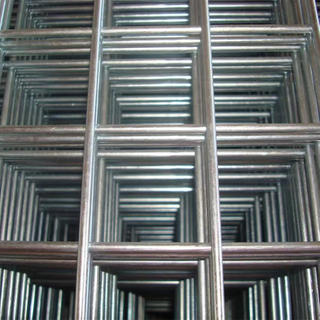Sep . 23, 2024 00:49 Back to list
fiberglass mesh
The Importance of Fiberglass Mesh in Modern Construction
Fiberglass mesh, a versatile and durable composite material, has gained significant traction in various industries, especially in construction. Made from fine strands of glass fibers woven together, this mesh offers an array of benefits that enhance the performance and longevity of structures. Understanding its properties and applications can provide valuable insights into its importance in modern construction practices.
One of the primary advantages of fiberglass mesh lies in its high tensile strength. Unlike traditional materials, fiberglass can withstand significant stress and strain without breaking. This characteristic makes it ideal for reinforcing concrete, plaster, and other building materials. When embedded in concrete, fiberglass mesh helps to distribute loads evenly, reducing the risk of cracking and improving the overall durability of the structure. Consequently, buildings reinforced with fiberglass mesh exhibit enhanced resistance to various environmental factors, including moisture and temperature fluctuations.
In addition to its strength, fiberglass mesh is also lightweight, which simplifies transportation and installation. This ease of handling translates to lower labor costs and faster project completion times. Installing fiberglass mesh is relatively straightforward; it can be cut to size and quickly adhered to surfaces, making it a preferred choice for contractors. Furthermore, fiberglass mesh is resistant to corrosion and does not rust like metal reinforcements, adding to its longevity and minimizing maintenance needs.
fiberglass mesh

Another significant benefit of fiberglass mesh is its versatility in applications. It is commonly used in external insulation and finishing systems (EIFS), where it acts as a protective barrier against the elements while enhancing the thermal efficiency of buildings. Additionally, fiberglass mesh is employed in tiling applications, providing a strong and stable base that helps prevent cracking in tiles. Its use in drywall and plaster applications further underscores its role in providing structural integrity and support throughout various stages of construction.
The demand for sustainable building materials has also propelled the popularity of fiberglass mesh. It can be produced with recycled materials, contributing to eco-friendly construction practices. Moreover, its lightweight nature and strength mean that less material is required for reinforcement, reducing the overall environmental footprint of construction projects.
As the construction industry continues to evolve, the significance of fiberglass mesh will undoubtedly grow. Its combination of strength, lightweight properties, versatility, and sustainability makes it an essential component in building design and execution. Whether in residential, commercial, or industrial applications, fiberglass mesh plays a crucial role in enhancing the capabilities and longevity of modern structures.
In conclusion, fiberglass mesh is more than just a supporting material; it is a key player in the advancement of construction techniques and practices. As builders and architects strive to meet the challenges posed by modern construction demands, fiberglass mesh stands out as a reliable, effective, and sustainable choice. Its numerous benefits undoubtedly contribute to the ongoing evolution of the construction landscape, ensuring structures are designed to withstand the test of time.
-
High-Quality Steel Grating Solutions for Industrial Applications | Durable, Safety, Customization
NewsJul.13,2025
-
Advanced Solutions-CompanyX|Enterprise Efficiency&Cost Reduction
NewsJul.13,2025
-
Sustainable Manufacturing-EcoTech Innovations|Waste-to-Energy System&Zero Emissions
NewsJul.13,2025
-
Welded Wire Mesh- Buildings Wiremesh Co., Ltd.|Durable Construction Material&Industrial Strength Solution
NewsJul.13,2025
-
Smart Production Solutions-Example Corp|AI Automation&IoT Monitoring
NewsJul.13,2025
-
Advanced Industrial Solutions-Advanced Industrial Solutions|Manufacturing Efficiency&Productivity
NewsJul.13,2025

